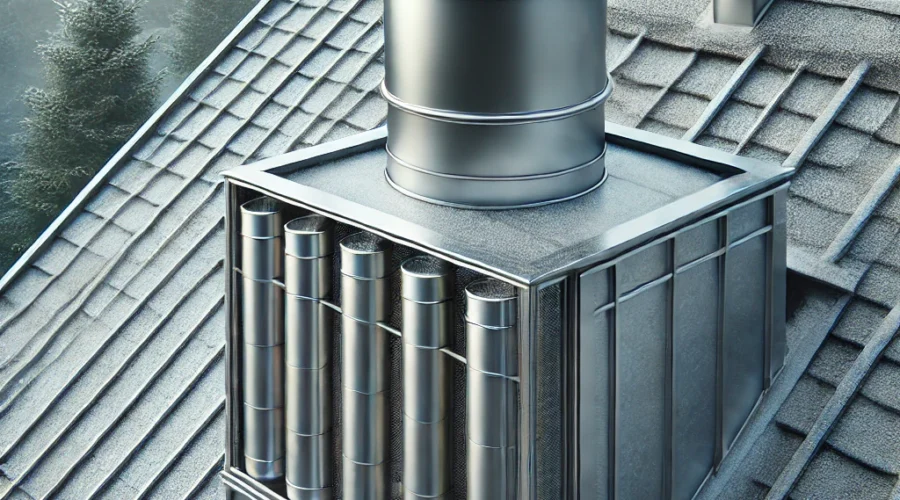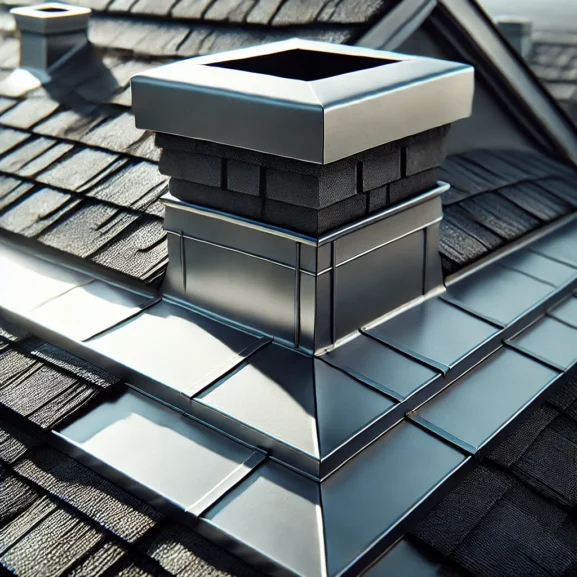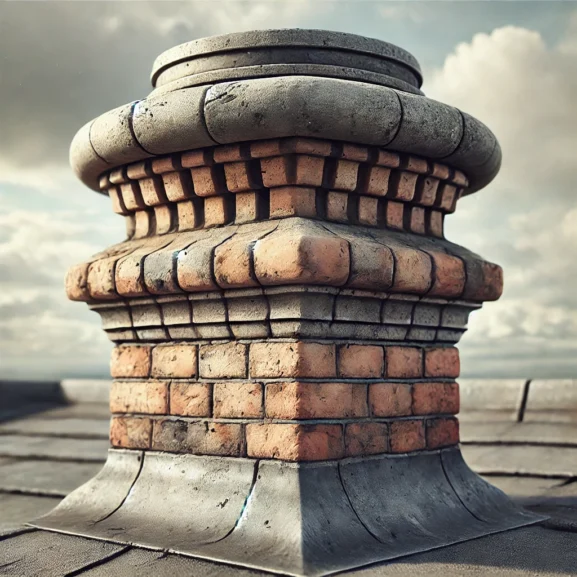Understanding and Preventing Condensation Inside Prefabricated Chimneys
Have you ever noticed a mysterious dampness or water droplets inside your prefabricated chimney? You’re not alone. Condensation inside these chimneys is a common issue that can lead to significant problems if left unchecked. As we explore this topic, we’ll uncover the causes of condensation and its potential impact on your chimney’s performance and longevity.
Understanding why condensation inside prefabricated chimneys occurs is crucial for maintaining the efficiency of your chimney system. Prefabricated chimneys, while convenient and efficient, are not immune to moisture build-up. This can result in corrosion, mold growth, and even structural damage over time. By identifying the root causes, we can take proactive steps to prevent these issues and ensure our chimneys remain in top condition.
In this text, we’ll investigate into the science behind condensation, explore practical solutions, and offer tips for keeping your prefabricated chimney dry and functional. Let’s keep our homes safe and our chimneys in peak condition.
Prefabricated Chimneys Explained: Key Insights for Homeowners
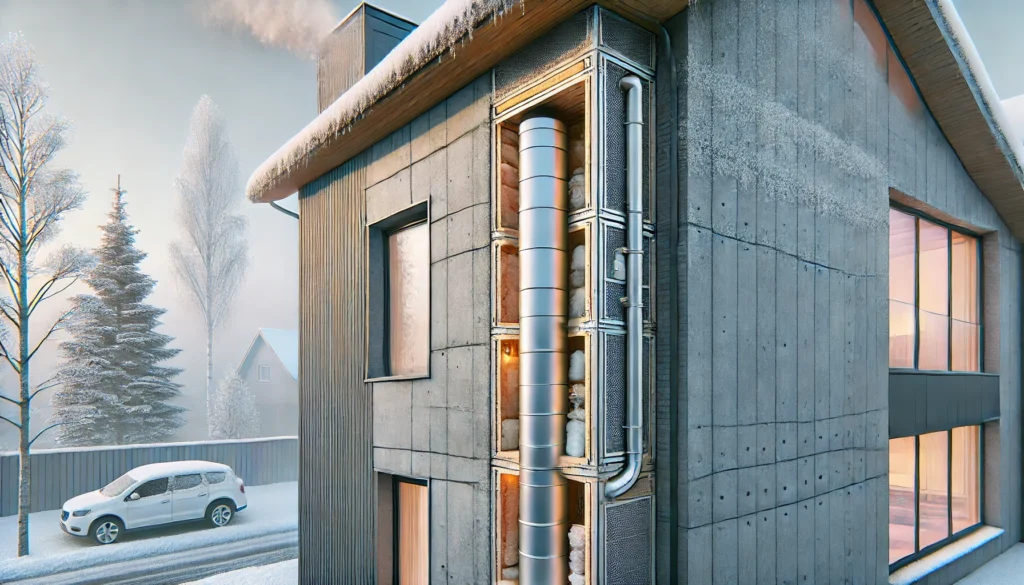
Prefabricated chimneys, though convenient, come with their own set of quirks. One significant concern? Condensation issues. This happens often because of temperature changes and moisture problems, especially in winter conditions. But don’t panic! We’ve got insights to keep your chimney in top shape.
1. Chimney Design Flaws:
Some chimneys have design issues that lead to trapped moisture, increasing water damage risks. Design matters when avoiding these problems. To ensure efficiency, correct chimney design prevents condensation buildup.
2. Insulation Effects:
Ever bundled up for the cold, only to start sweating? Chimneys need the right balance too. Proper insulation reduces condensation inside prefabricated chimneys by keeping out unwanted moisture.
3. Indoor Humidity Control:
High indoor humidity increases condensation. Use dehumidifiers to manage moisture levels. Keeping indoor air dry protects your chimney and your living room rug from unexpected “waterfalls.”
4. Vapor Barriers:
Vapor barriers prevent outside moisture from seeping in. Installing effective barriers keeps your chimney drier and extends its longevity.
For those of us in areas experiencing winter, weather can amplify these challenges. Reach out to professionals for consultation.
Causes of Condensation
Condensation inside prefabricated chimneys can lead to moisture problems and water damage risks. Understanding the factors that cause condensation makes addressing these issues easier. Let’s jump into some of the science behind this common chimney concern!
Differences in Temperature
Cold outside air meeting warm chimney interiors often leads to condensation issues in prefabricated chimneys. This temperature clash encourages moisture to form, creating potential corrosion and efficiency problems. For added fun, think of it as a slap fight between hot and cold! Implementing insulation reduces this temperature variance, helping to keep chimneys dry. The Chimney Safety Institute of America (CSIA) provides guidance on chimney insulation.
Humidity Levels
Indoor humidity plays a significant role in water vapor condensation within chimneys. High humidity levels, especially in winter conditions, can mean more moisture entering the chimney. Managing indoor air quality helps regulate these levels. Using dehumidifiers or improved HVAC systems address indoor humidity, so reducing condensation and other related effects.
Inadequate Ventilation
Ventilation effectively reduces condensation inside chimneys. Lack of airflow prevents moisture escape, trapping it inside. With proper air circulation, chimneys stay dry and perform optimally. Installing vents or ensuring existing ones are clear can make a real difference. The National Fire Protection Association (NFPA) is a solid resource for ventilation standards.
Effects of Condensation
Condensation inside prefabricated chimneys can raise serious issues for homeowners. Let’s look at the impacts on structure and health.
Structural Damage
Moisture can weaken chimney structures. Water can seep into joints and fittings, causing rust and corrosion. Over time, these issues compromise the chimney’s integrity. Winter conditions can lead to freeze-thaw cycles, cracking elements of the chimney.
Improper insulation makes things worse. Moisture problems arise when warm air meets cold surfaces. The chimney efficiency drops due to this structural damage. Instead of facing costly repairs later, reach out to professionals for consultation.
Health Risks
Condensation can also pose health risks. Damp environments lead to mold growth, which affects indoor air quality and respiratory health. Invisible yet pesky, mold thrives in moist conditions, causing asthma or allergies.
Vapor barriers help but are not all-encompassing. When combined with high levels of indoor humidity, these barriers sometimes can’t stop mold. Residents should be vigilant, as this state experiences humid summers.
Make your home healthier by managing indoor humidity and improving ventilation. Got questions? Reach out to professionals for consultation.
No DIY bravado here—expert guidance ensures safety and effectiveness.
Solutions to Prevent Condensation
Condensation inside prefabricated chimneys can cause moisture problems and damage. Clever strategies keep chimneys dry and efficient.
Insulation Improvements
Insulation effects play a vital role in reducing condensation issues. Proper insulation helps maintain a stable temperature inside chimneys. This prevents cold air from causing moisture problems when meeting warm interior air. Winter weather can be brutal, but our team knows how to insulate chimneys to handle it. Avoid materials that trap moisture and promote mold. Instead, use high-quality insulation designed for chimneys. If you need help with insulation, reach out to professionals for consultation.
Ventilation Enhancements
Effective ventilation reduces indoor humidity contributing to condensation. This is true, even if it sounds like science class. Ensure chimneys have air vents to promote airflow. This helps the warm and humid air escape, reducing the risk of water damage. Don’t let chimney design flaws compromise performance; enhance ventilation. Not all chimneys come with adequate systems installed. Regular checks can ensure no blockages affect air movement.
Regular Maintenance
Regular maintenance is critical for preventing moisture problems. Scheduled inspections catch issues early, keeping condensation at bay. Even if your chimney seems fine, underlying issues could exist. Schedule annual maintenance to spot potential water damage risks before they become serious. During winter conditions, it’s vital to inspect seals and look for cracks. Trust the experts—our free consultation can guide your maintenance routine. Reach out to professionals for consultation. Maintenance isn’t just about repair; it’s about prevention and ensuring chimney efficiency year-round.
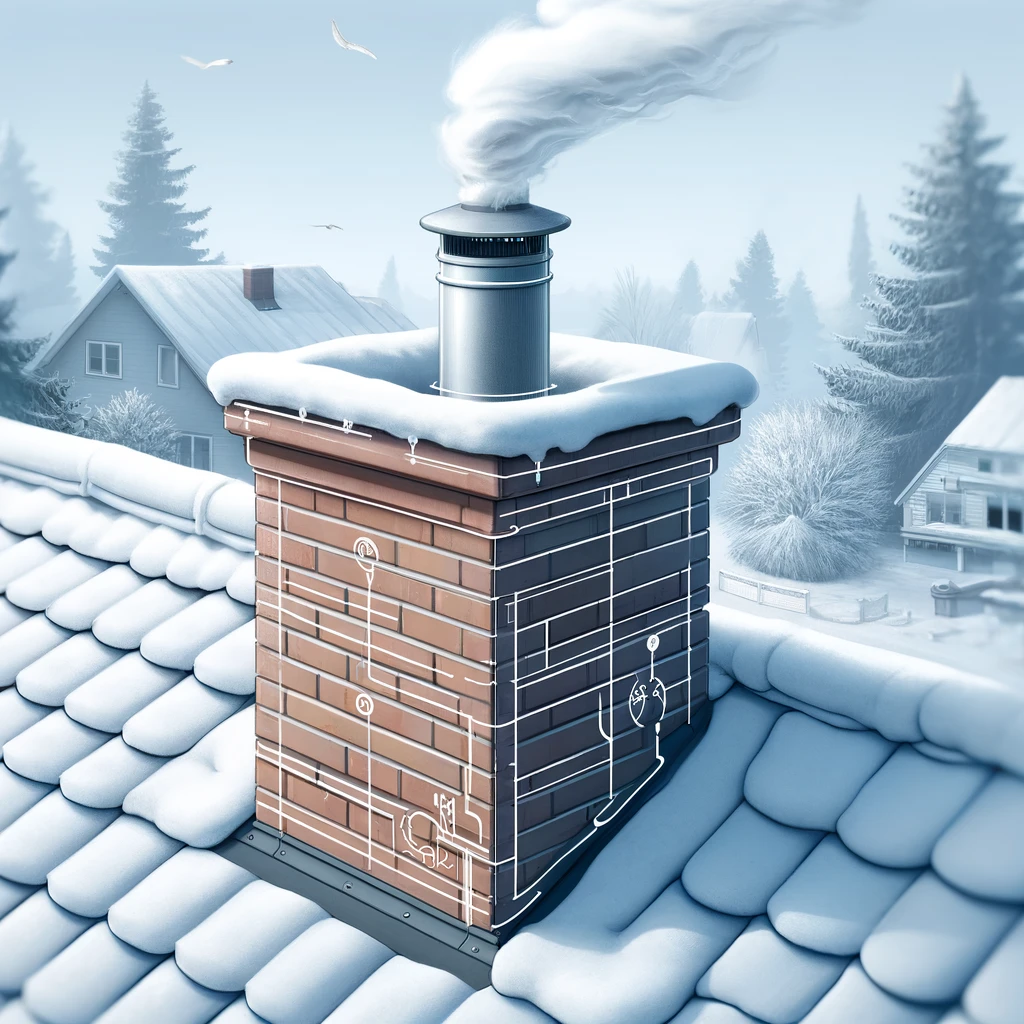
Choosing the Right Prefabricated Chimney
Selecting the perfect prefabricated chimney is crucial in preventing condensation issues and ensuring chimney efficiency. Let’s explore material and design factors to consider.
Material Considerations
When considering materials for prefabricated chimneys, look for sturdy, insulated options to combat moisture problems. Stainless steel is popular due to its rust-resistance and durability. Don’t leave home without verifying the quality of insulation effects. That chill from the winter winds loves a poorly insulated chimney!
- Stainless Steel: Offers durability and corrosion resistance, key for reducing water damage risks.
- Insulation: Choose high-quality insulation that also helps maintain consistent internal temperatures. It keeps cold and warm air from colliding, reducing condensation.
- Vapor Barriers: Ensure they are included to protect against moisture intrusion from outside elements.
Reach out to professionals for consultation.
Design Factors
Chimney design plays a significant role in efficiency and condensation control. A well-thought-out design can prevent costly mistakes.
- Proper Ventilation: Essential in avoiding chimney design flaws and reducing indoor humidity levels. A chimney with adequate airflow stops moisture buildup.
- Seamless Connections: Keep joints and connections tight to ensure there are no leaks, even if they beg for attention like your shifty cousin Frank.
- Height and Slope: Adjust these elements to improve draft and reduce condensation.
Reach out to professionals for consultation for expert advice on chimney designs tailored to your needs.
Preventing Condensation in Prefabricated Chimneys: Tips for Long-Lasting Efficiency and Protection
Addressing condensation in prefabricated chimneys is crucial for maintaining their efficiency and protecting our homes from potential damage. By understanding the factors that contribute to moisture buildup and implementing the right solutions, we can enhance chimney performance and longevity. Proper insulation, effective ventilation, and regular maintenance play pivotal roles in preventing condensation issues. It’s essential to choose quality materials and designs that suit our specific needs and local climate conditions. Let’s ensure our chimneys remain safe and functional, safeguarding our homes for years to come.
Frequently Asked Questions
What causes condensation inside prefabricated chimneys?
Condensation in prefabricated chimneys typically occurs when warm air inside the chimney meets cold external air, leading to moisture buildup. This is often exacerbated by design flaws that trap moisture, inadequate insulation, and high indoor humidity levels. Effective insulation and ventilation are crucial to preventing these issues, ensuring your chimney remains dry and functional.
How does condensation affect chimney performance?
Condensation can severely impact chimney performance by causing structural damage through rust and corrosion, particularly in harsh weather conditions. It can also lead to mold growth, which poses health risks and degrades air quality. Addressing condensation is vital to maintain chimney efficiency and ensure home safety.
What are some practical solutions to prevent condensation in chimneys?
To prevent condensation, ensure your chimney is well-insulated to maintain stable internal temperatures and prevent moisture issues. High-quality insulation materials and vapor barriers can be effective. Additionally, proper ventilation helps manage indoor humidity. Regular maintenance and annual inspections are recommended to detect and address potential issues early.
Why is proper insulation crucial for chimneys?
Proper insulation in chimneys helps maintain stable temperatures, preventing the meeting of warm internal air with cold external air, which causes condensation. It also minimizes moisture problems. Insulation designed specifically for chimneys should be used to ensure durability and better efficiency, reducing condensation risks.
How important is ventilation in managing chimney moisture levels?
Effective ventilation is essential in controlling indoor humidity levels and promoting airflow, both of which are key factors in reducing condensation risks. By ensuring your home is well-ventilated, you can help mitigate moisture buildup in the chimney and improve air quality inside your home.
What should homeowners consider when selecting a prefabricated chimney?
Homeowners should consider durability, material, insulation, and design when selecting a prefabricated chimney. Sturdy materials like stainless steel and high-quality insulation are recommended for resistance to corrosion and moisture. Design aspects such as proper height, slope, and seamless connections are important for optimal draft and condensation reduction.
Why is regular chimney maintenance important?
Regular maintenance is critical for identifying potential issues early, ensuring chimney efficiency, and preventing water damage. Annual inspections can catch condensation problems before they become severe. Experts can recommend tailored advice on insulation, ventilation, and maintenance practices to keep your chimney in top condition.
